Walking into your local Starbucks, you face a staggering reality: there are over 170,000 ways to customise your drink. This incredible range of choices, while appealing, has become a significant challenge for the company. Managing such complexity has turned a simple coffee run into a logistical maze, leading to slower service and growing frustration among customers and baristas.
Brian Niccol, the newly appointed CEO of Starbucks, is stepping in at a critical time. With a reputation for streamlining operations and boosting digital sales during his tenure at Chipotle, Niccol now faces the daunting task of addressing these operational inefficiencies at Starbucks. The company’s struggles with customisation, long wait times, crowded stores, and a mobile app that’s more frustrating than functional have all combined to create an urgent need for change.
| Feature | Starbucks | Chipotle |
| Number of Stores | ~37,000 (as of 2024) | ~3,200 (as of 2024) |
| Percentage Franchised | Less than 50% (Most stores are company-owned) | 0% (Chipotle does not franchise its locations) |
| Countries of Presence | 84+ countries | 4 countries (USA, Canada, UK, Germany) |
| Founded | 1971 (Seattle, Washington, USA) | 1993 (Denver, Colorado, USA) |
| Primary Focus | Coffee and beverages, with food as a secondary offering | Fast-casual dining focused on Mexican cuisine |
| Business Model | Mix of company-owned and licensed locations | Company-owned locations only |
| Key Challenges | Operational efficiency, customisation complexity, digital experience | Supply chain management, food safety, scaling while maintaining quality |
| CEO Background | Brian Niccol (Appointed 2024, replacing Laxman Narasimhan) | Brian Niccol (CEO from 2018-2024, known for digital innovation and operational improvements) |
| Customer Loyalty Program | Starbucks Rewards (strong emphasis on digital engagement) | Chipotle Rewards (digital engagement but less extensive than Starbucks) |
| Revenue (2023) | $35.4 billion | $9.6 billion |
| Digital Sales | Over 30% of sales via mobile app in the U.S. | Around 50% of sales via digital channels |
| Sustainability Initiatives | Focus on sustainable coffee sourcing, reducing waste, and eco-friendly packaging | Emphasis on sourcing responsibly raised ingredients and minimising environmental impact |
| Share Price (August 2024) | $92.30 | $52.64 |
To navigate these challenges, Starbucks must turn to market research. By digging into the data and understanding what customers truly want, Starbucks can uncover the insights necessary to improve its operations. Whether it’s refining the app for a better user experience or rethinking store layouts to reduce congestion, market research will be essential in guiding the strategic changes that Starbucks needs to thrive under Niccol’s leadership.
The Customisation Conundrum
The 170,000 Options Problem
Starbucks offers over 170,000 ways to customise a drink, a feature that has become both a blessing and a curse. While customers enjoy the ability to tailor their orders, this vast array of options has led to significant operational strain. Baristas are often overwhelmed by the complexity of these custom orders, resulting in longer wait times and a less efficient service experience.
Case Study: UK
Image credit: Bloomberg Starbucks London Airport
In the UK, where consumers highly value efficiency and quick service, the challenges of extensive customisation are particularly evident. The delays caused by intricate drink orders have become a noticeable frustration for customers who expect their coffee to be ready promptly. This has led to a decline in customer satisfaction and even a shift towards competitors who offer faster, more streamlined service.
Research Solutions
To address these issues, Starbucks can benefit from menu optimisation research. Starbucks can identify which customisations are most popular and rarely used by analyzing sales data and customer preferences. This insight allows the company to streamline its menu, reducing the number of options that create unnecessary complexity without sacrificing customer satisfaction.
Time-motion studies can also be valuable. By observing how baristas prepare customised orders, Starbucks can identify inefficiencies in the process and explore ways to standardise certain steps, making the preparation of popular customisations faster and more consistent.
Finally, customer preference surveys can help Starbucks understand what customers value most—whether it’s extensive customisation or quicker service. This feedback can guide decisions on how to balance customisation with operational efficiency, particularly in markets like the UK, where speed is a critical factor.
The “Mosh Pit” Effect in Stores
Understanding the Problem
The “mosh pit” effect refers to the chaotic scenes that occur in Starbucks stores when large volumes of mobile orders converge at the pickup counter. Customers crowd around, jostling to find their drinks amidst a sea of cups, leading to a disorderly and stressful experience for both customers and staff.
Case Study: Asia Pacific
Image credit: Travel Pockets Starbucks Reserve Roastery in Tokyo
This issue is especially pronounced in high-density regions of Asia Pacific, where mobile ordering is widespread. In cities like Tokyo and Shanghai, where space is limited and customer traffic is high, the “mosh pit” effect disrupts store operations and diminishes the overall customer experience.
Research Solutions
To mitigate this problem, Starbucks can employ store layout optimisation studies. By mapping customer movement and order flow within stores, researchers can identify bottlenecks and suggest redesigns that improve the efficiency of order pickup areas, reducing congestion.
Behavioural observation studies can also provide insights into how customers interact with the pickup process. These studies can reveal how signage, counter design, and order staging contribute to the “mosh pit” effect, enabling Starbucks to make informed adjustments that streamline the process.
Additionally, digital order tracking research can help Starbucks enhance its mobile app by incorporating real-time order tracking features that effectively guide customers, reducing the need to crowd around the pickup counter.
Improving the Mobile App Experience
Image credit: Starbucks
Starbucks’ mobile app, once hailed as a pioneering tool for customer convenience, has now become its Achilles’ heel. While the app is widely used for placing orders, it has been plagued by a series of issues that have frustrated many customers. Inaccurate wait times, clunky navigation, and a lack of intuitive design are just some of the complaints that have surfaced. These problems not only lead to dissatisfaction but also contribute to the broader operational challenges that Starbucks is facing, as customers become increasingly disillusioned with a tool meant to streamline their experience.
In Europe, where digital experiences are expected to be seamless and efficient, these app-related challenges have had a significant impact. European consumers are tech-savvy and accustomed to high standards in digital services, which means they are less forgiving of glitches or inefficiencies. The inaccurate wait times often lead to customers arriving at stores before their orders are ready, resulting in frustration and contributing to the congestion issues discussed earlier.
In addition, the app’s difficult navigation can deter users from taking full advantage of its features, limiting its effectiveness as a customer engagement tool.
Research Solutions
To address these issues, Starbucks needs to conduct specific types of research that go beyond general market analysis. User experience (UX) testing is critical in identifying users’ pain points while navigating the app. By observing how real customers interact with the app, Starbucks can pinpoint where the user journey falters—whether it’s confusing menu options, slow load times, or unclear order tracking. UX testing will provide actionable insights into how the app’s interface can be simplified and made more intuitive, ultimately leading to a smoother and more satisfying user experience.
Another valuable approach is customer feedback analysis, where Starbucks systematically collects and examines feedback from app users. This could be done through in-app surveys, customer reviews, and social media listening. By analyzing this feedback, Starbucks can prioritise the most common and pressing issues users face, such as inaccurate wait times. This data-driven approach allows Starbucks to address the problems that matter most to its customers, enhancing the app’s functionality and rebuilding user trust.
A/B testing is another research method that could prove beneficial. By testing different versions of the app—such as variations in wait time estimation algorithms or alternative navigation layouts—Starbucks can determine which changes lead to the best user outcomes. This iterative process allows the company to refine the app incrementally, ensuring that each update is based on solid evidence of what works best for customers.
By employing these specific research methods, Starbucks can tackle its mobile app’s shortcomings head-on. Improving the accuracy of wait time estimates, simplifying navigation, and enhancing overall usability will not only boost customer satisfaction but also help alleviate some of the operational strains that have emerged as a result of the app’s shortcomings. In a market like Europe, where digital excellence is non-negotiable, these improvements could make a significant difference in maintaining Starbucks’ competitive edge.
Enhancing Operational Efficiency
Operational Strain
The combination of high customisation demand and the surge in mobile orders has created significant operational inefficiencies for Starbucks. The extensive customisation options slow down order preparation, while the influx of mobile orders pressures baristas to fulfil multiple, often complex, orders simultaneously. This strain is felt most acutely during peak hours, leading to delays, errors, and an overall decline in the quality of service. The result is a bottleneck effect that not only frustrates customers but also puts immense pressure on store staff, making it difficult to maintain the high standards Starbucks is known for.
Case Study: India
Image Credit: Stir Magazine
These operational challenges are particularly evident in India, where Starbucks is rapidly expanding. The Indian market values both speed and personalised service, creating a delicate balance for Starbucks to manage. With a growing middle class and a high demand for convenience, the pressure on Starbucks stores to deliver customised drinks quickly is immense. The operational strain in India is further compounded by the diverse range of customer preferences, which adds to the complexity of order preparation. As Starbucks continues to open new stores nationwide, addressing these operational inefficiencies becomes even more critical to maintaining customer satisfaction and supporting sustainable
growth.
Research Solutions
Starbucks can use specific research methods to tackle these operational challenges. Observational studies are essential for understanding the day-to-day realities of store operations. By observing baristas in action during peak hours, researchers can identify where delays and inefficiencies occur. These studies can highlight specific pain points, such as bottlenecks in the drink preparation process or issues with coordinating mobile and in-store orders. With this information, Starbucks can develop targeted solutions, such as reorganising workstations or introducing new equipment to speed up preparation times.
Time-motion analysis is another valuable tool that can help Starbucks streamline its operations. This method involves tracking the time it takes for each step of the order fulfilment process, from when a customer orders to when the drink is handed over. By breaking down each task, Starbucks can identify which steps are taking longer than they should and explore ways to reduce inefficiencies. For example, suppose the analysis shows that adding customisations like extra shots or syrups significantly slows down preparation. In that case, Starbucks might consider pre-portioning these add-ons or automating certain aspects of drink assembly.
Additionally, process mapping can be used to visualise the entire workflow within a store, from order placement to pickup. This method helps identify redundancies and unnecessary steps that can be eliminated to create a more streamlined and efficient operation. For a rapidly growing market like India, where speed and customisation are both high priorities, these research-driven process improvements can make a significant difference in maintaining operational efficiency and delivering a consistently high-quality customer experience.
By applying these research methods, Starbucks can alleviate the operational strain caused by high customisation demand and mobile orders and create a more efficient, scalable model that supports its growth in dynamic markets like India.
Leveraging Social Listening for Real-Time Insights
Social Listening Tools
Understanding customer sentiment and staying ahead of trends are crucial for any brand, especially one as globally recognised as Starbucks. Social listening—monitoring online conversations across social media platforms, forums, and other digital spaces—has emerged as a powerful tool for gathering real-time insights into what customers say about a brand. Through social listening, Starbucks can track how its products and services are perceived, identify emerging trends, and quickly respond to shifts in customer preferences.
This tool helps understand customer sentiment and allows Starbucks to engage directly with its audience, addressing concerns and building stronger relationships.
Case Study: China
Image Credit: Fortune Starbucks Shanghai Roastery
China represents one of Starbucks’ most competitive and dynamic markets. Over the years, the coffee culture in China has evolved rapidly, with local brands like Luckin Coffee gaining significant market share by offering affordable prices and leveraging digital platforms for customer engagement. In such a competitive landscape, staying attuned to consumer preferences is critical. Social listening has proven invaluable for Starbucks in China, where consumer behaviour can shift quickly due to the influence of social media and digital trends.
For instance, through social listening, Starbucks can monitor the popularity of specific drink flavours or seasonal trends that resonate with Chinese consumers. If a particular flavour or product garners significant attention on platforms like WeChat or Weibo, Starbucks can respond swiftly by introducing similar offerings or promoting existing products that align with these preferences. Social listening also allows Starbucks to detect and address any negative sentiment early, such as dissatisfaction with service or pricing, before it escalates into a broader issue that could harm the brand’s reputation.
Social listening allows Starbucks to adapt and remain relevant in a competitive market like China, where consumer expectations and trends can change rapidly. By understanding what Chinese consumers are talking about online, Starbucks can tailor its marketing strategies, product launches, and customer engagement efforts to better meet the needs of this key market.
Research Solutions
While social listening offers a wealth of real-time data, integrating it with traditional market research methods enhances its effectiveness.
Sentiment analysis, a technique used in social listening, can be combined with customer surveys and focus groups to provide a more comprehensive understanding of customer attitudes. For example, suppose social listening reveals a surge in negative sentiment about the pricing of certain drinks. In that case, Starbucks can use surveys to explore the underlying reasons behind this dissatisfaction and focus groups to delve deeper into customers’ thoughts and feelings.
By blending these approaches, Starbucks can transform raw social media data into actionable insights that inform decision-making. This integrated research approach allows the company to not only react to current trends but also anticipate future ones, enabling it to stay ahead of the competition. For instance, if social listening detects growing interest in sustainability among Chinese consumers, Starbucks could use this insight to prioritise eco-friendly initiatives in its product offerings and store operations, thus aligning with consumer values and strengthening its market position.
In addition, trend analysis derived from social listening can be used to forecast shifts in consumer behaviour, helping Starbucks plan long-term strategies that keep it aligned with evolving market dynamics. This proactive approach ensures that Starbucks remains not just a market participant but a leader in setting trends and meeting consumer expectations.
Lastly, by leveraging social listening with traditional market research, Starbucks can gain a deeper, more nuanced understanding of its customers, particularly in fast-moving markets like China. These insights will be crucial in refining its strategies, enhancing customer engagement, and ensuring that Starbucks thrives in an increasingly competitive global landscape.
Final Thoughts
The challenges Starbucks faces today—from managing the overwhelming customisation options to addressing operational inefficiencies and improving digital experiences—are not unique to the coffee giant. Still, they are particularly pressing given the brand’s global footprint. By leveraging targeted market research, such as user experience testing, observational studies, and social listening, Starbucks can uncover the insights needed to navigate these complexities. These research-driven strategies will be crucial in optimising operations, enhancing customer satisfaction, and maintaining the brand’s competitive edge in a rapidly evolving market.
Looking ahead, the successful implementation of these strategies under Brian Niccol’s leadership has the potential to transform Starbucks’ operations and customer experience. Niccol’s track record of streamlining processes and leveraging digital tools positions him well to lead Starbucks through this critical period of change.
If Starbucks can effectively balance customisation with efficiency, improve its mobile app, and stay attuned to customer sentiment through social listening, it will not only resolve its current challenges but also strengthen its position as a global leader in the coffee industry.
For industry professionals facing similar challenges, Starbucks’ approach offers valuable lessons. Whether it’s refining a digital platform, optimising store layouts, or staying ahead of consumer trends, applying thorough market research can provide the clarity and direction needed to drive meaningful improvements. As brands continue to navigate an increasingly complex landscape, adopting these research techniques could be the key to solving current issues and setting the stage for long-term success.




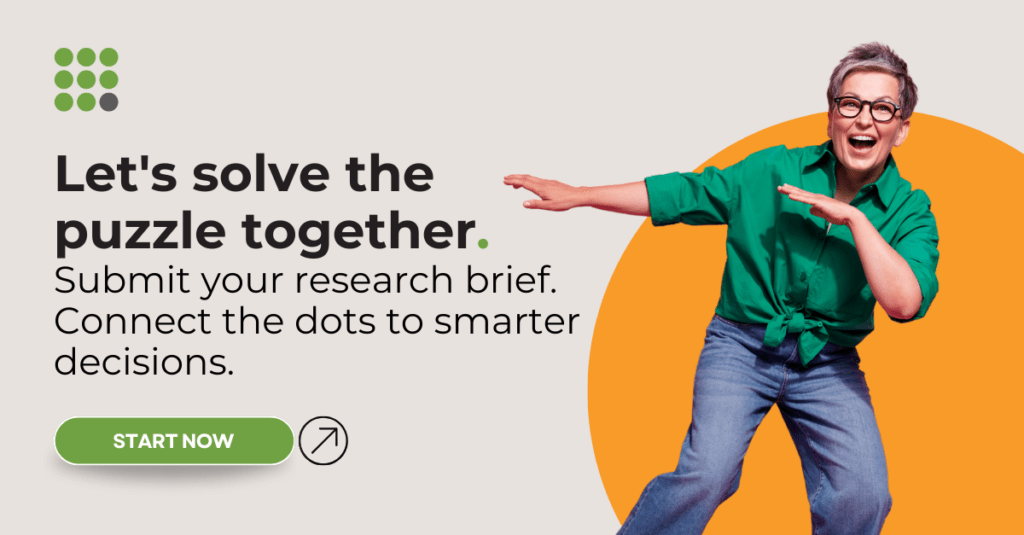



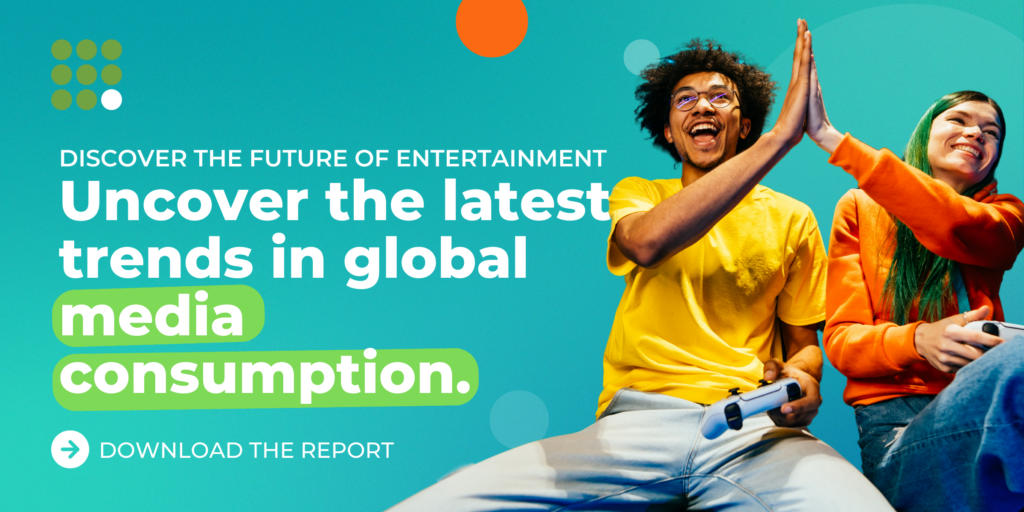



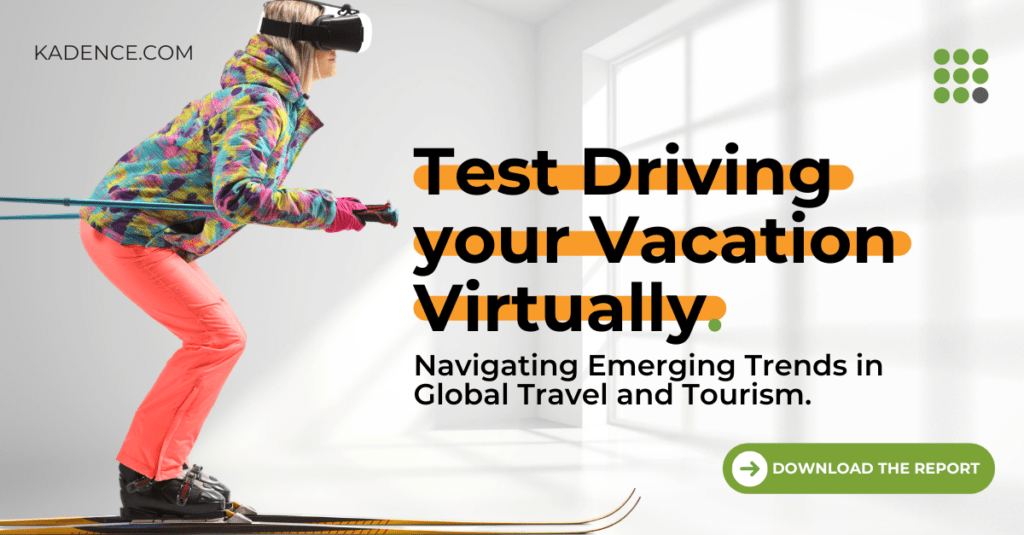
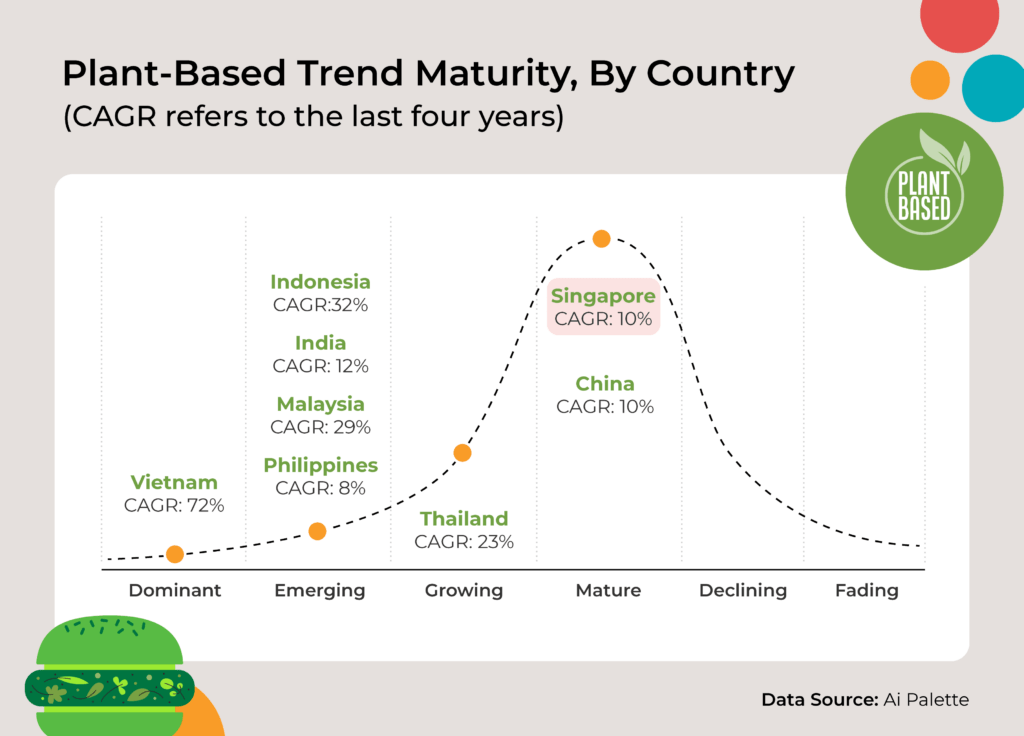
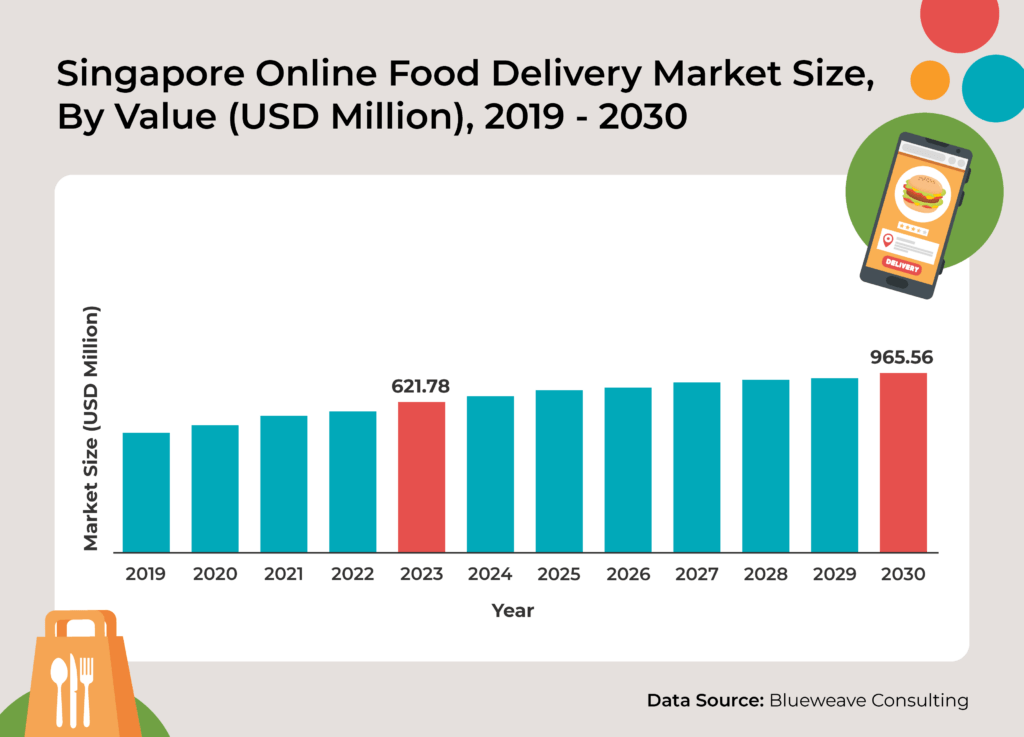

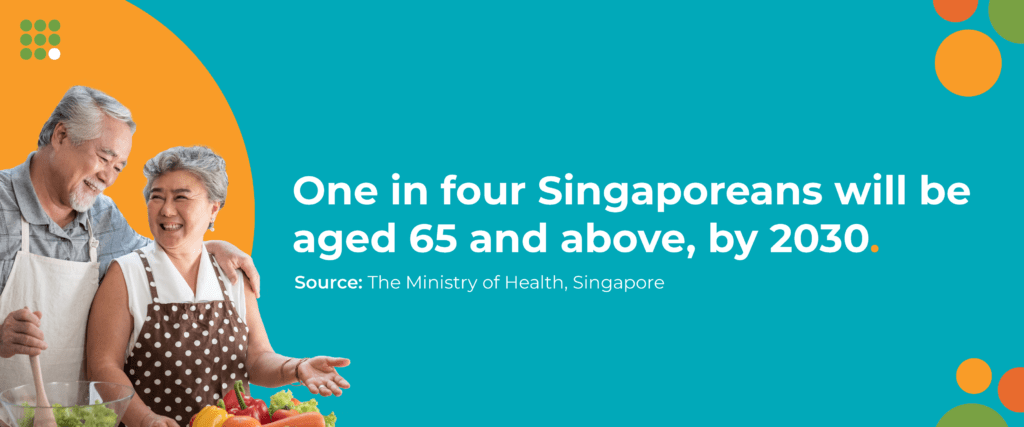


 Senior Marketing Executive
Senior Marketing Executive Sales & Marketing
Sales & Marketing General Manager PR -Internal Communications & Government Affairs
General Manager PR -Internal Communications & Government Affairs Vital Strategies
Vital Strategies
 Customer Intelligence Director
Customer Intelligence Director